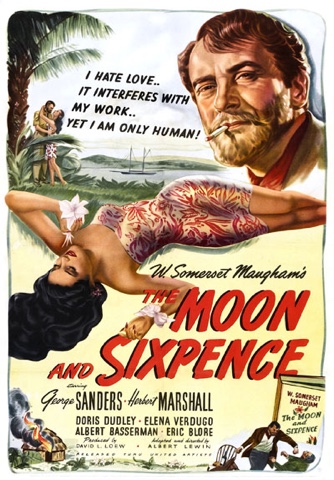Thursday, March 31, 2016
The Reading Life Review March 2016
Wednesday, March 30, 2016
The Death of Ivan Ilyich by Leo Tolstoy (1886, translated by Richard Pevear and Larissa Volokhonsky. 2009)
Tuesday, March 29, 2016
Clara Militch and "Mumu" - A Novella and a Short Story by Ivan Turgenev
The Tears of the Rajas - Mutiny, Money, and Marriage in India 1805 to 1905 by Ferdinand Mount
Friday, March 25, 2016
The Pendragon Legend by Antal Szerb. (1934, translated by Len Rix)
Monday, March 21, 2016
Liza of Lambeth. 1897. The First Novel of W. Somerset Maugham
Saturday, March 19, 2016
The Loneliness of the Long Distance Runner and other Stories by Alan Sillitoe (published by Open Road Media, 2016, stories from 1959)
Friday, March 11, 2016
"Love to Read but Short on Time, Read Shorter Things" a Guest Post by M. R. Nelson, editor and founder of Tungstenhippo.com
Tungsten Hippo is a site dedicated to making it easier for people to find good short eBooks to read. It does not attempt to provide an exhaustive list of short eBooks. Instead, it lists only short eBooks that I enjoyed reading. Each book is assigned to one or more categories- and a look at the categories will tell you what sorts of books I tend to read. I may eventually make it possible for other people to contribute to Tungsten Hippo, but right now, the books are all ones I have read and enjoyed.
The site consists of short summaries of books, blog posts about topics related to short eBooks, and quotes from short eBooks.
Tuesday, March 8, 2016
The Magician by Somerset Maugham (1908)
Monday, March 7, 2016
The Moon and Sixpence by Somerset Maugham (1919)
Sunday, March 6, 2016
"Sh'Khol" and "Treaty" two short stories by Colum McCann (2015, included in Thirteen Ways of Looking)
Saturday, March 5, 2016
Thirteen Ways of Looking and "What Time is it Now". - A Novella and a short story by Colum McCann (2016)
This is the six year in which I have treated March as Irish Short Story Month. This year i have no Plans other than to post upon a few Irish short stories. If I had the energy and focus I would create a seperate blog devoted only to the Irish short story.
Thursday, March 3, 2016
Purple Hibiscus by Chimamanda Ngozi Adichie. (2003)
Chimamanda Ngozi Adichie grew up in Nigeria. Her work has been translated into thirty languages and has appeared in various publications, including The New Yorker, Granta, The O. Henry Prize Stories, the Financial Times, and Zoetrope. She is the author of the novels Purple Hibiscus, which won the Commonwealth Writers’ Prize and the Hurston/Wright Legacy Award, and Half of a Yellow Sun, which won the Orange Prize and was a National Book Critics Circle Award Finalist, a New York Times Notable Book, and a People and Black Issues Book Review Best Book of the Year; and the story collection The Thing Around Your Neck. Her latest novel Americanah, was published around the world in 2013, and has received numerous accolades, including winning the National Book Critics Circle Award for Fiction and The Chicago Tribune Heartland Prize for Fiction; and being named one of The New York Times Ten Best Books of the Year.
A recipient of a MacArthur Foundation Fellowship, she divides her time between the United States and Nigeria. From the author's webpage
Daphne Du Maurier and her Sisters by Jane Dunn (2014)
Featured Post
Fossil Men: The Quest for the Oldest Skeletons and the Origins of Humankind by Kermit Pattison. - 2020 - 534 pages- Narrative Nonfiction
Fossil Men: The Quest for the Oldest Skeletons and the Origins of Humankind by Kermit Pattison. - 2020- 534 pages- Narrative Nonfiction Fos...

-
Nothing Can Destroy the Faith and Strength of the people of the Philippines - Mel u, Quezon City and Candelaria, November 10, 2013- commen...
-
My Posts on the literature and history of the Philippines Francisco Arcellana (1916 to 2002) was a highly regarded poet, essayist, crit...
-
"The Ring" by Byron MacMahon (1976, 4 pages) The Irish Quarter A Celebration of the Irish Short Story March 11 to ? ...






































